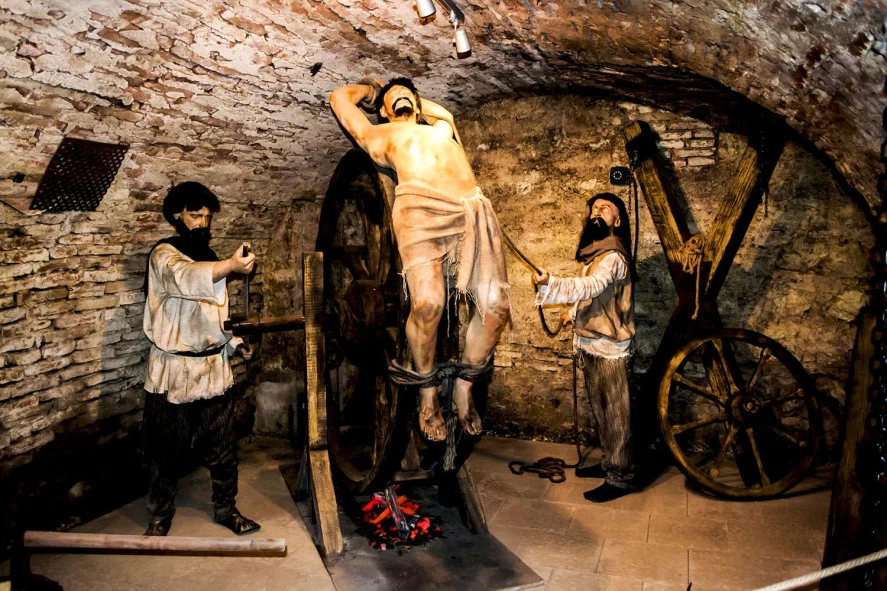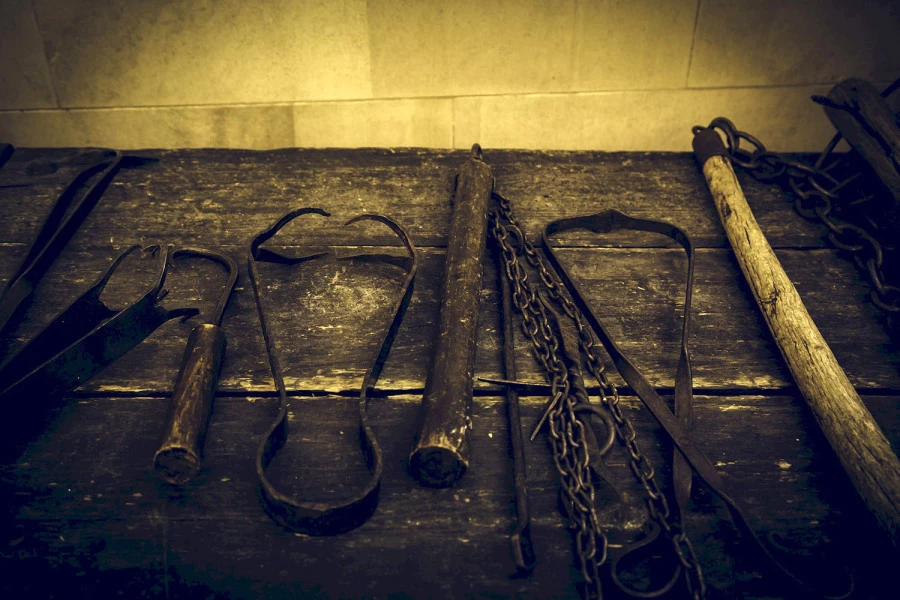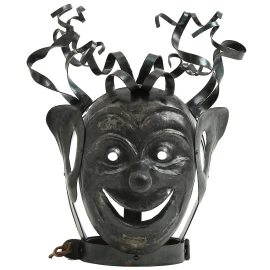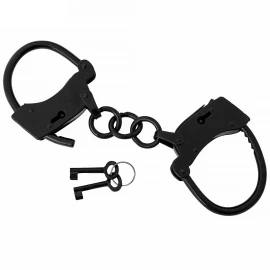Dungeons and Prisons: A Glimpse into the History of Prison

Contents
The Purpose of Early Prisons
The purpose of prison today is punishing individuals who have committed a crime. Retribution, but also rehabilitation of criminals. However, it was not always the case. The purpose of prison, as well as the type of people who ended up in it, kept changing and evolving in time, and largely reflected how society defined crime or criminals.
In Ancient Greece, prisoners of war or pirates were imprisoned until the jury decided on their fate. Many of these prisoners eventually lost all their freedom and fell into slavery, which was considered a pretty common practice back then. Slaves had no rights of their own and were treated as property of others.
The ancient Romans soon began to use prison as a form of punishment for various violations. One of Rome's most famous prisons, the Mamertine Prison, was built in the 7th century BC. Prisoners had to live in appalling conditions there. According to legends, the famous Gallic warrior Vercingetorix, or the apostles Peter and Paul were held in the prison.
Medieval Dungeons and Torture
Medieval prisons were not exactly better than the ancient ones. The medieval society believed that severe punishments were the best way to deter others from committing crimes. Many punishments were carried out in public: drunkenness or infidelity were punished by the pillory, and murder could be punished by hanging.
Persons who committed more serious crimes had to wait for the sentence in prison cells. Some prisons were located in the cellar of houses or in the town tower. Prisoners were often chained to the wall in unnatural positions, or handcuffed, limiting their movement.
DID YOU KNOW THAT... iron handcuffs used until today were invented in 1912 by an American, George Carney.
Stuffy, humid rooms with little light were full of dirt and mould. To make matters worse, the food often consisted of foul-smelling food scraps and bad water, which facilitated the spread of diseases.
Judas' Cradle: an Experiment Gone Wild
But the bad state of the prison cells and food were not the only prisoners’ plight. The greatest fear of all prisoners were medieval instruments of torture - used to force people into confession.
Judas Cradle or the Judas Chair was arguably the most terrifying of them all. The torture chair was named after Judas Iscariot, who was seen in the Christian world as a symbol of treachery.
The Judas Cradle was a wooden or metal pyramid-shaped ‘chair’ - the victim was gradually dropped on top of the pointed edge of the pyramid. The point gradually pierced the anus or other intimate parts, resulting in excruciating pain.
Their hands and legs would be tied, so the weight could not be shifted. The torture could continue from a few hours to days, making the damage permanent.
Paradoxically, the intellectual Ippolito Marsili, to whom the invention of the Judas Cradle is often attributed, was in fact an opponent of cruel physical punishments.
He intended the device to be used mostly psychologically, and slowly drop the victim on it only to prevent them from falling asleep.
It is hard to believe that Judas' cradle was originally intended to be an instrument of "humane torture". Unfortunately, others later devised unimaginably cruel way of using it and cause unspeakable suffering to the victims.
The Enlightenment: the Age of Shame?
The era of Enlightenment did not bring the end of torture. One of the popular tools in the era was the iron shame mask. The mask was used to punish minor offences, such as gossiping. It caused physical discomfort as well as psychological pain.
DID YOU KNOW THAT... one of the most famous shame masks from the 17th century has been preserved until today? It's displayed in the Fortress Museum in Salzburg, Austria.
Offenders had to wear the mask on their heads continuously for days. Additionally, they often had to wear a sign attached around their necks explaining what offence they had committed. Marked like this, offenders were either chained to the pillory or had to parade through the streets, facing general ridicule.
Get Your Own Torture Instrument
Are you a fan of historical inventions? Check out our store and look for shame masks, or authentic replicas of historical handcuffs, and other torture instruments that will bring a bit of a medieval dungeon to your home!






Comments